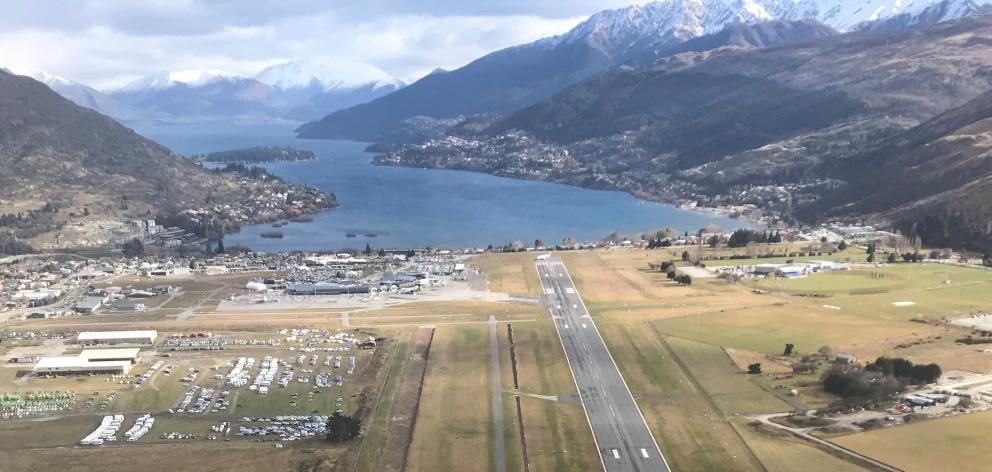
Queenstown remains not only the most unaffordable place in the country to buy, but is also the most expensive area to rent a property.
The latest Massey University Home Affordability Report said during the past year, eight of the 13 regions showed improvements in affordability, aided by the significant decrease in residential mortgage rates, author Assoc Prof Graham Squires said.
"We’re currently seeing the lowest-ever mortgage rate in the two-year fixed data series, so the ability for homeowners to repay mortgages looks favourable in the short term.
"Interestingly, lower rates are coinciding with a cooling property market in many regions."
The price-to-income ratio generally accepted internationally as indicating affordability is house prices being around three times the annual wage; in Central Otago they are now more than 13 times an annual wage.
Dr Squires said despite recent house price decreases, Central Otago Lakes, which included Queenstown, remained New Zealand’s least affordable region, followed by Auckland.
"However, median house price-to-income ratios are starting to contract, with house prices in Central Otago Lakes moving [down] from 13.7 to 13.2 times annual wages," Dr Squires said in a statement.
Central Otago Lakes median house prices fell by $20,000 during the quarter, while Auckland’s fell by $14,000.
However, Real Estate Institute of New Zealand data for the month of September showed Queenstown Lakes District rose 9.6% on a year earlier to again hit a median price of more than $1 million. Much of the growth was reported to have come from Wanaka.
Nationally, the Massey affordability earnings ratio moved from 9.1 times the annual wage down to 8.8 times.
"Across New Zealand, median house prices decreased by 3.4% this quarter. In dollar terms, that means the median house price decreased by $19,500," Dr Squires said.
Seven out of the 13 regions showed affordability improvements, led by Northland with a 6.5% improvement. Nelson-Marlborough experienced the country’s largest drop in affordability over the last quarter, declining by 8.5% due to a $34,000 increase of the median house price there, during the quarter.
Earlier this week, data from interest.co.nz showed Queenstown Lakes’ average weekly rent was $616 a week for the September quarter — the only place in New Zealand to break the $600 mark.
Queenstown’s average weekly rent was a record, and is now higher than the entire take-home pay for a person earning the minimum wage.
In separate Quotable Value (QV) housing data recently, annual growth rates in house values around Otago and Southland had continued to climb, but growth over the most recent quarter reveals an easing to 3% growth or less for most places.
Dunedin and Invercargill were subsequently singled out for their affordability.
QV general manager David Nagel said at the time values in the southern part of New Zealand, including Dunedin and Invercargill, were steadily increasing, alongside many smaller provincial towns around the country.
"Many parts of Dunedin and Invercargill are a more affordable option for people seeking property, particularly for those priced out of the Queenstown Lakes or Central Otago markets," Mr Nagel said.











